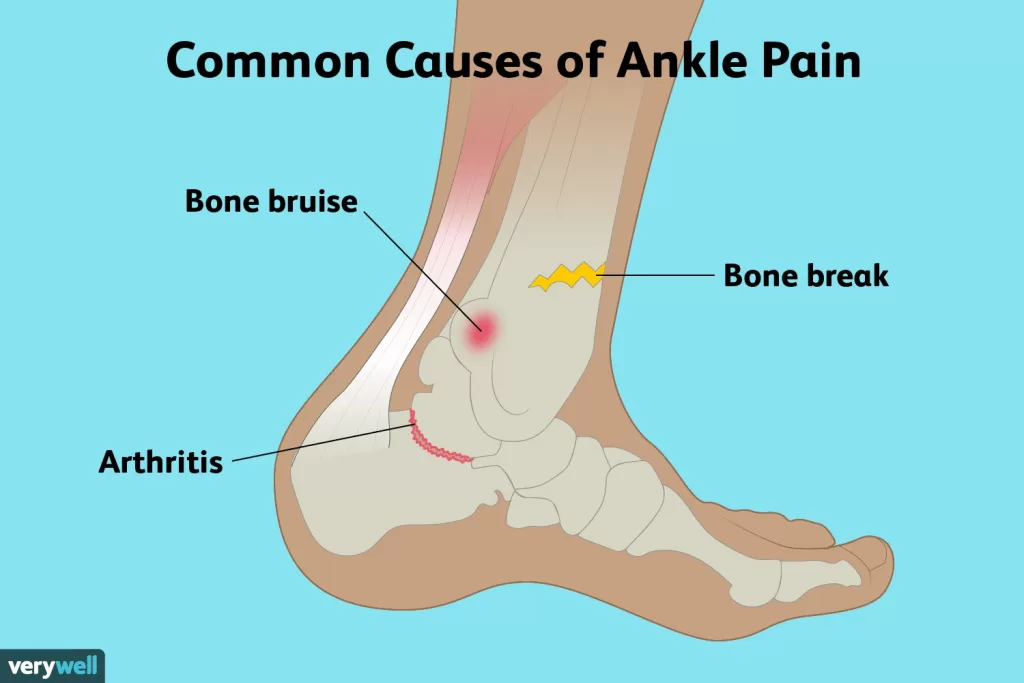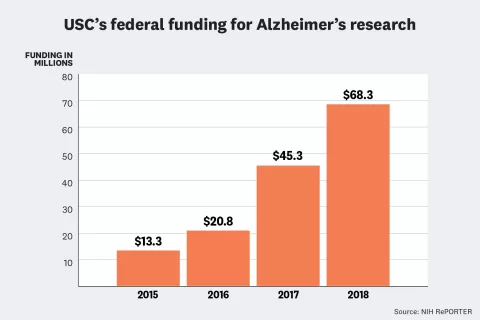Ankle pain is a prevalent concern that can disrupt daily life and hinder mobility. Whether it stems from injuries like sprains and fractures or conditions such as arthritis, understanding ankle pain causes is key to finding effective ankle pain treatment. Many individuals seek ankle pain relief through various methods, including targeted exercises and therapeutic interventions. Moreover, for those who experience ankle pain at night, addressing the root causes can lead to improved sleep and overall well-being. In this article, we will explore the multifaceted nature of ankle pain and provide insights into its causes, symptoms, and treatment options.
Experiencing discomfort in the ankle region is a common complaint that affects many people, regardless of age or activity level. This condition, often described as discomfort, stiffness, or swelling in the foot’s joint area, can arise from a variety of factors including injuries, overuse, or underlying health conditions. Understanding the different aspects of this ailment is crucial for effective management and recovery. As we delve deeper into the topic, we will examine the various reasons behind ankle discomfort, the signs to watch for, and the most effective strategies for relief and rehabilitation.
Understanding the Causes of Ankle Pain
Ankle pain can stem from a variety of causes, each contributing to the discomfort and impairment of mobility. One of the most prevalent causes is injuries, such as sprains and fractures, which often occur during sports activities or falls. A sprain results from overstretching or tearing ligaments, leading to swelling and significant pain. On the other hand, fractures can result from high-impact trauma, which not only causes severe discomfort but can also compromise the functionality of the ankle joint.
In addition to injuries, degenerative conditions like arthritis can also be a significant source of ankle pain. Osteoarthritis and rheumatoid arthritis can cause inflammation within the ankle joints, leading to chronic pain, stiffness, and swelling. These conditions can severely limit the range of motion and hinder daily activities, making it crucial for individuals to understand these underlying causes to seek appropriate treatment.
Symptoms Associated with Ankle Pain
Recognizing the symptoms accompanying ankle pain is vital for early diagnosis and treatment. Common indicators include swelling, which often signifies inflammation due to injury or an underlying condition. Additionally, bruising or redness around the ankle can signal a traumatic injury that may require medical attention. Limited range of motion is another critical symptom; difficulties in moving the ankle or bearing weight could indicate a more significant injury requiring intervention.
Persistent pain is a symptom that should never be ignored. If ankle pain does not subside with rest or worsens over time, it is a strong indication of a serious underlying issue that necessitates a consultation with a healthcare professional. Identifying these symptoms early can lead to quicker recovery and better management of ankle pain.
Effective Treatment Options for Ankle Pain
The treatment of ankle pain varies based on its cause and severity. Initial management often includes rest and the application of ice to reduce swelling and inflammation. Avoiding weight-bearing activities is essential to allow the ankle to recover. Additionally, over-the-counter non-steroidal anti-inflammatory drugs (NSAIDs) can help alleviate pain and swelling. However, it’s important to consult a healthcare provider before starting any medication to avoid potential side effects.
For more persistent cases of ankle pain, physical therapy can be an effective treatment option. A trained therapist can develop a personalized exercise regimen aimed at strengthening the ankle, increasing flexibility, and restoring full range of motion. This can be particularly beneficial for athletes or individuals recovering from an injury, as it not only promotes healing but also helps prevent future issues.
Exercises for Ankle Pain Relief
Incorporating specific exercises into your routine can significantly aid in alleviating ankle pain and enhancing recovery. Gentle stretching exercises can improve flexibility while strengthening exercises can bolster the supporting muscles around the ankle. For instance, calf raises and toe raises are excellent for building strength and stability. These exercises not only help in pain relief but also in preventing future ankle injuries.
Furthermore, balance exercises, such as standing on one leg or using a balance board, can enhance proprioception and stability, which are essential for ankle health. Regularly performing these exercises can contribute to significant improvements in mobility and pain reduction, ensuring that the ankle remains strong and resilient.
Managing Ankle Pain at Night
Ankle pain can often be exacerbated at night, disrupting sleep and impacting overall well-being. If you find that your ankle pain intensifies when lying down, consider adjusting your sleeping position. Elevating the affected foot with pillows can help reduce swelling and alleviate discomfort. Additionally, applying a warm compress before bed may relax the muscles and improve blood circulation to the area, providing some relief.
Furthermore, investing in supportive footwear for daytime use can significantly impact nighttime pain. Shoes that offer adequate arch support and cushioning can help mitigate discomfort throughout the day, leading to better rest at night. If ankle pain persists or worsens, it is crucial to consult a healthcare professional for a thorough evaluation and tailored treatment plan.
Frequently Asked Questions
What are the common causes of ankle pain?
Common causes of ankle pain include injuries such as sprains, fractures, and strains, often resulting from sports or falls. Other causes may include arthritis, tendinitis, biomechanical issues like flat feet, and nerve disorders such as peripheral neuropathy.
How can I find relief from ankle pain at night?
To find relief from ankle pain at night, consider elevating your feet while sleeping, applying ice before bed, or using supportive pillows. Additionally, wearing comfortable footwear during the day and practicing gentle ankle exercises can help alleviate nighttime discomfort.
What treatments are available for ankle pain?
Treatment options for ankle pain include rest, ice application, physical therapy, anti-inflammatory medications, and supportive footwear. In severe cases, surgical intervention may be necessary. It’s essential to consult a healthcare provider for a tailored treatment plan.
Are there specific exercises for ankle pain relief?
Yes, specific exercises for ankle pain relief include stretching, strengthening exercises, and range-of-motion activities. A physical therapist can design a personalized exercise program to help improve flexibility and strength while reducing pain.
What should I do if my ankle pain persists?
If your ankle pain persists, it’s crucial to consult a healthcare professional for an accurate diagnosis and appropriate treatment. Persistent pain may indicate an underlying issue that requires medical intervention.
| Key Point | Description |
|---|---|
| Common Causes of Ankle Pain | Includes injuries (sprains, fractures), arthritis, tendinitis, biomechanical issues, and nerve disorders. |
| Signs and Symptoms | Swelling, bruising, limited range of motion, and persistent pain are key indicators of ankle pain severity. |
| Treatment Options | Rest, ice, physical therapy, medication, supportive footwear, and surgery are common treatments. |
Summary
Ankle pain can severely impact your mobility and overall quality of life. Understanding the causes, symptoms, and treatments available is vital for effective management and recovery. Early recognition of symptoms such as swelling and limited range of motion can lead to prompt medical intervention, ensuring a better outcome. Whether due to an injury, arthritis, or biomechanical issues, addressing ankle pain with a comprehensive treatment plan tailored to individual needs can significantly improve one’s daily function and comfort.
The content provided on this blog (e.g., symptom descriptions, health tips, or general advice) is for informational purposes only and is not a substitute for professional medical advice, diagnosis, or treatment. Always seek the guidance of your physician or other qualified healthcare provider with any questions you may have regarding a medical condition. Never disregard professional medical advice or delay seeking it because of something you have read on this website. If you believe you may have a medical emergency, call your doctor or emergency services immediately. Reliance on any information provided by this blog is solely at your own risk.








